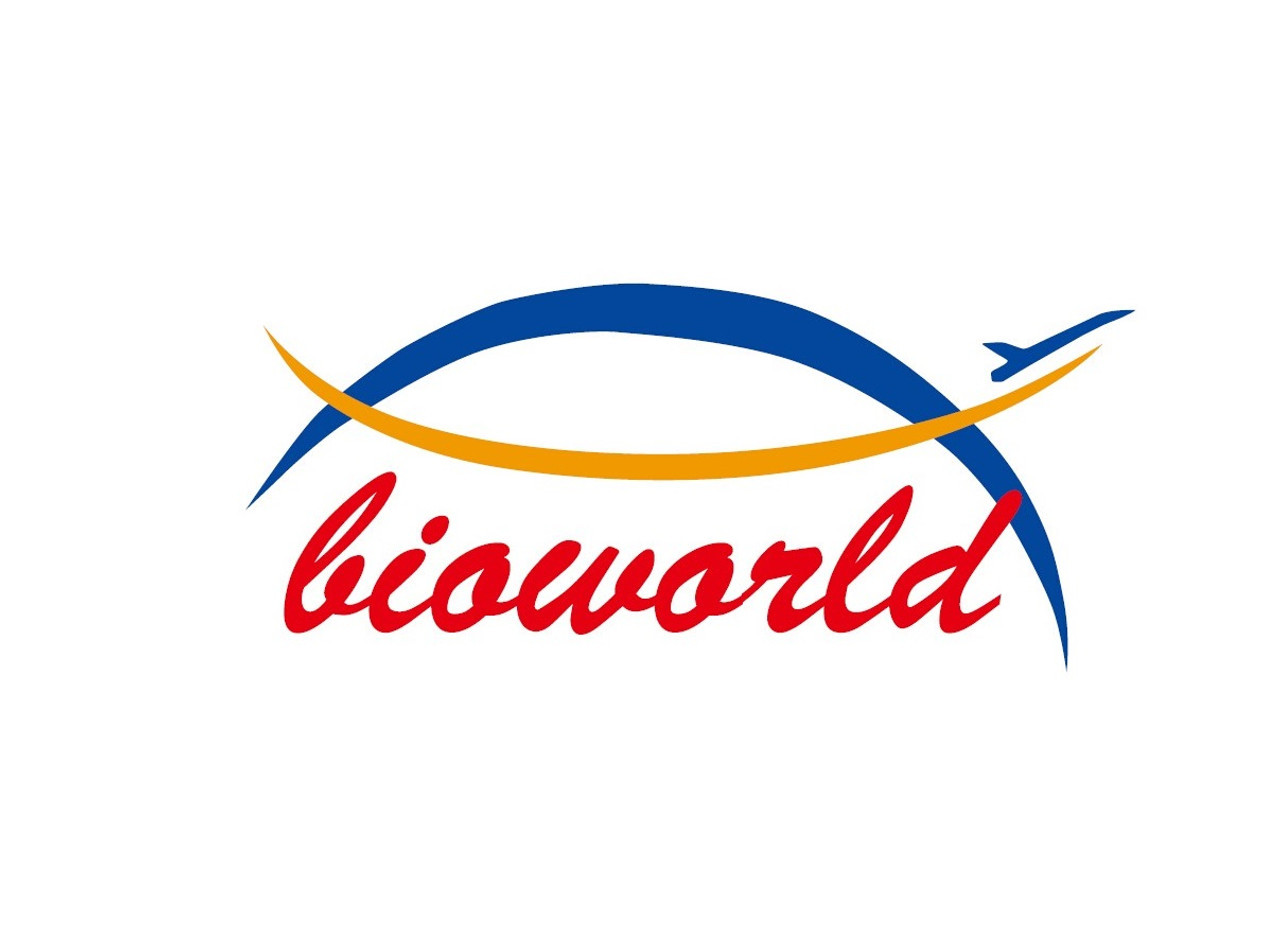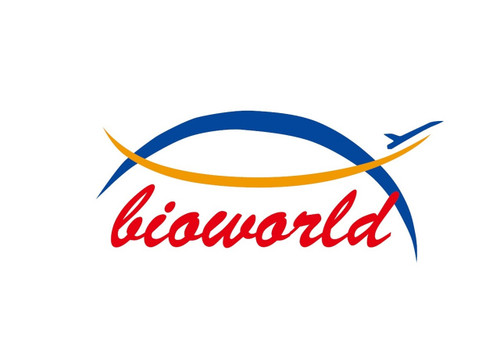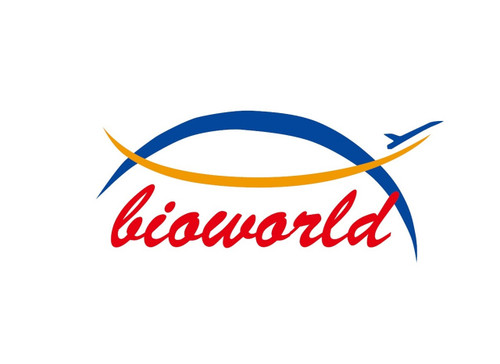Product Description
GAPDH monoclonal Antibody | BS65483M | Bioworld
Host: Mouse
Reactivity: Human,Mouse,Rat,Rabbit,
Application: WB
Application Range: WB=1:1000-5000
Background: Loading Control Glyceraldehyde 3 phosphate dehydrogenase (GAPDH) is well known as one of the key enzymes involved in glycolysis. As well as functioning as a glycolytic enzyme in cytoplasm, recent evidence suggests that mammalian GAPDH is also involved in a great number of intracellular proceses such as membrane fusion, microtubule bundling, phosphotransferase activity, nuclear RNA export, DNA replication, and DNA repair. During the last decade a lot of data appeared concerning the role of GAPDH in different pathologies including prostate cancer progression, programmed neuronal cell death, age related neuronal diseases, such as Alzheimer's and Huntington's disease. GAPDH is expressed in all cells. It is constitutively expressed in almost all tissues at high levels. There are however some physiological factors such as hypoxia and diabetes that increase GAPDH expression in certain cell types. GAPDH molecule is composed of four 36kDa subunits.
Storage & Stability: Store at 4°C short term. Aliquot and store at -20°C long term. Avoid freeze-thaw cycles.
Specificity: GAPDH Monoclonal Antibody detects endogenous levels of GAPDH protein.
Molecular Weight: 38kD
Note: For research use only, not for use in diagnostic procedure.
Alternative Names: 38 kDa BFA-dependent ADP-ribosylation substrate; Aging-associated gene 9 protein; BARS-38; cb609; EC 1.2.1.12; G3PD; G3PDH; GAPD; Glyceraldehyde 3 phosphate dehydrogenase;Glyceraldehyde 3 phosphate dehydrogenase liver;Glyceraldehyde 3 phosphate dehydrogenase muscle; KNC-NDS6; MGC102544; MGC102546; MGC103190; MGC103191; MGC105239; MGC127711; MGC88685; OCAS, p38 component; OCT1 coactivator in S phase, 38-KD component; wu:fb33a10.
Immunogen: Full length GAPDH protein purified from rabbit muscle
Conjugate: Unconjugated
Modification: Unmodification
Purification & Purity: affinity purified by Protein G
Pathway:
 Euro
Euro
 USD
USD
 British Pound
British Pound
 NULL
NULL








